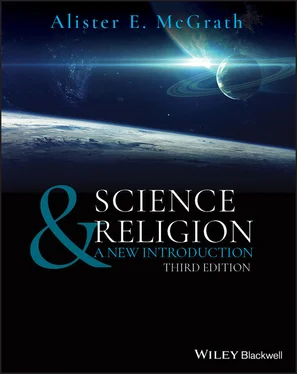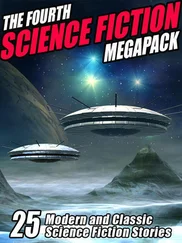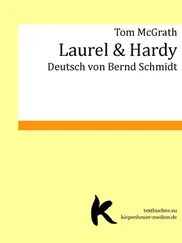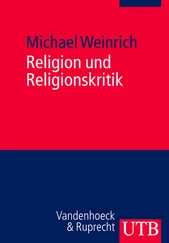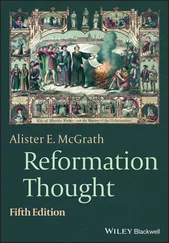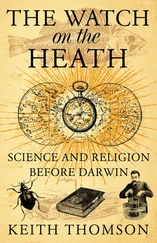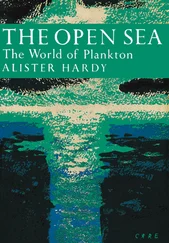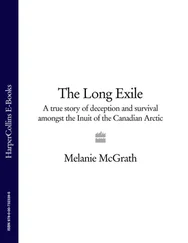The Natural Sciences and Arguments for the Existence of God;
The Significance of Darwinism for Religious Belief.
Yet other areas, despite clearly being of intellectual interest, remain understudied. Christianity remains the religious tradition whose engagements with science have been most widely discussed within the ‘science and religion’ community, and many highly populated spaces on the chessboard specifically engage this religious tradition, particularly in relation to historical questions, such as the relation of Christianity and the origins of the scientific revolution in western Europe.
The chessboard model helps us visualize the extensive field of science and religion, and identify the spaces that have dominated discussion within the field – and which thus need to be included within this book. Given that this work is intended to serve as a textbook, it is clearly important to map its contents onto both scholarly activity within the field, and popular interest in the field. This work thus engages the most highly populated squares on the chessboard, while recognizing that there are other areas of legitimate intellectual interest which have not yet secured the attention that they deserve.
Ian Barbour's Four Models of the Relation of Science and Religion
So how do we understand the general relationship of science and religion? What models are available to us as we try to envisage their possible relationships? One of the most influential accounts of approaches to the relation of science and religion is due to Ian G. Barbour (1923–2013), a pioneer of studies in the field of science and religion. Many would argue that the emergence of the field of ‘science and religion’ as an area of study in its own right dates from 1966, when Barbour's landmark work Issues in Science and Religion was published. Barbour was born on 5th October 1923 in Beijing, China, and initially focused his studies on the field of physics, gaining his PhD from the University of Chicago in 1950. His first academic appointment was at Kalamazoo College, Michigan, as professor of physics. However, he had a strong interest in religion, which he was able to pursue through studies at Yale University, leading to a BD in 1956. He served for many years in various roles, including Chairman of the Department of Religion and Professor of Physics at Carleton College, Northfield, Minnesota (1955–1981). He finally became Winifred and Atherton Bean Professor of Science, Technology and Society at the college (1981–1986). He died in 2013.
Barbour's characteristic concern to relate science and religion developed during the 1960s, and led to the publication of the book for which he is best known – Issues in Science and Religion (1966). This book reflected his experience of teaching in both the areas of science and religion – teaching interests which he was able to maintain throughout most of his academic career. During the 1970s, Barbour developed his interests further through a program on ethics, public policy, and technology, which identified and engaged with a series of religious issues. Issues in Science and Religion is widely regarded as an authoritative, clearly written, and learned book that introduced many people to the fascinating questions which were associated with this field. Since then, Barbour has authored or edited a series of works dealing with issues on the interface of science and religion (most notably Religion in an Age of Science , which appeared in 1990, based on the Gifford lectures given at the University of Aberdeen in 1989). He is widely regarded as the doyen of dialogue in this field, and was honoured for this by the American Academy of Religion in 1993. Barbour was awarded the Templeton Prize for Progress in Religion in 1999 in recognition of his efforts to create a dialogue between the worlds of science and religion.
Barbour has played an enormous role in catalysing the emergence of this distinct field, and has had considerable personal influence on shaping its dynamics – including his formulation of an influential typology of possible relationships between science and religion. Barbour's typology of ‘ways of relating science and religion’ first appeared in 1988 and remains widely used, despite some obvious weaknesses. Barbour lists four broad types of relations: conflict; independence; dialogue; and integration. In what follows, we shall set out and illustrate Barbour's fourfold scheme, before noting some questions that need further exploration.
Historically, the most significant understanding of the relation between science and religion is that of ‘conflict’, or perhaps even ‘warfare’. This strongly confrontational model continues to be deeply influential at the popular level, even if its appeal has diminished considerably at a more scholarly level. ‘The war between science and theology in colonial America has existed primarily in the cliché‐bound minds of historians’ (Ron Numbers). This influential model was expounded in two influential works published in the later part of the nineteenth century – John William Draper's History of the Conflict between Religion and Science (1874) and Andrew Dickson White's History of the Warfare of Science with Theology in Christendom (1896). The best‐known late twentieth century representative of this approach is Richard Dawkins, who argues that: ‘Faith is one of the world's great evils, comparable to the smallpox virus but harder to eradicate.’ For Dawkins, science and religion are implacably opposed.
Yet this model is not restricted to anti‐religious scientists. It is widespread within conservative religious groups within Christianity and Islam, who are often virulently hostile to the idea of biological evolution. The creationist Henry M. Morris (1918–2006) published a sustained critique of modern evolutionary theory with the title The Long War against God (1989). In an appreciative foreword to the book, a conservative Baptist pastor declares that: ‘Modern evolutionism is simply the continuation of Satan's long war against God.’ Morris even invites us to imagine Satan imagining the idea of evolution as a means of dethroning God.
Yet many of the historical episodes that are traditionally placed in this category, or held to represent its manifestation, can be interpreted in other ways. The Galileo controversy of the seventeenth century, for example, is still presented as a classic example of ‘science against religion’, even though it is now recognized to be a much more complex and nuanced matter. Similarly, Darwin's theory of evolution is often presented in the popular media as anti‐religious in nature and intention, even though Darwin himself was adamant that it was not. Indeed, in 1889 the Anglican theologian Aubrey Moore remarked that: ‘Darwinism appeared, and, under the disguise of a foe, did the work of a friend.’ The issue of whether science and religion are in conflict all too often seems to rest on complex issues of interpretation, which are often sidelined by those looking for simple answers and slick slogans.
More importantly, the conflict model is increasingly being seen as a distinctively Western way of thinking, which is grounded in the specific histories and the implicit cultural norms of Western nations, particularly the United States of America. Researchers have noted that the relation of science and religion in non‐Western cultures – such as India – is understood in a very different (and much more positive) way. Recent surveys indicate that the general approach which Barbour designates ‘independence’ (see below) is dominant amongst scientists in North America and Western Europe, whereas a more collaborative or dialogical approach is dominant within scientific communities in Asia.
Читать дальше
